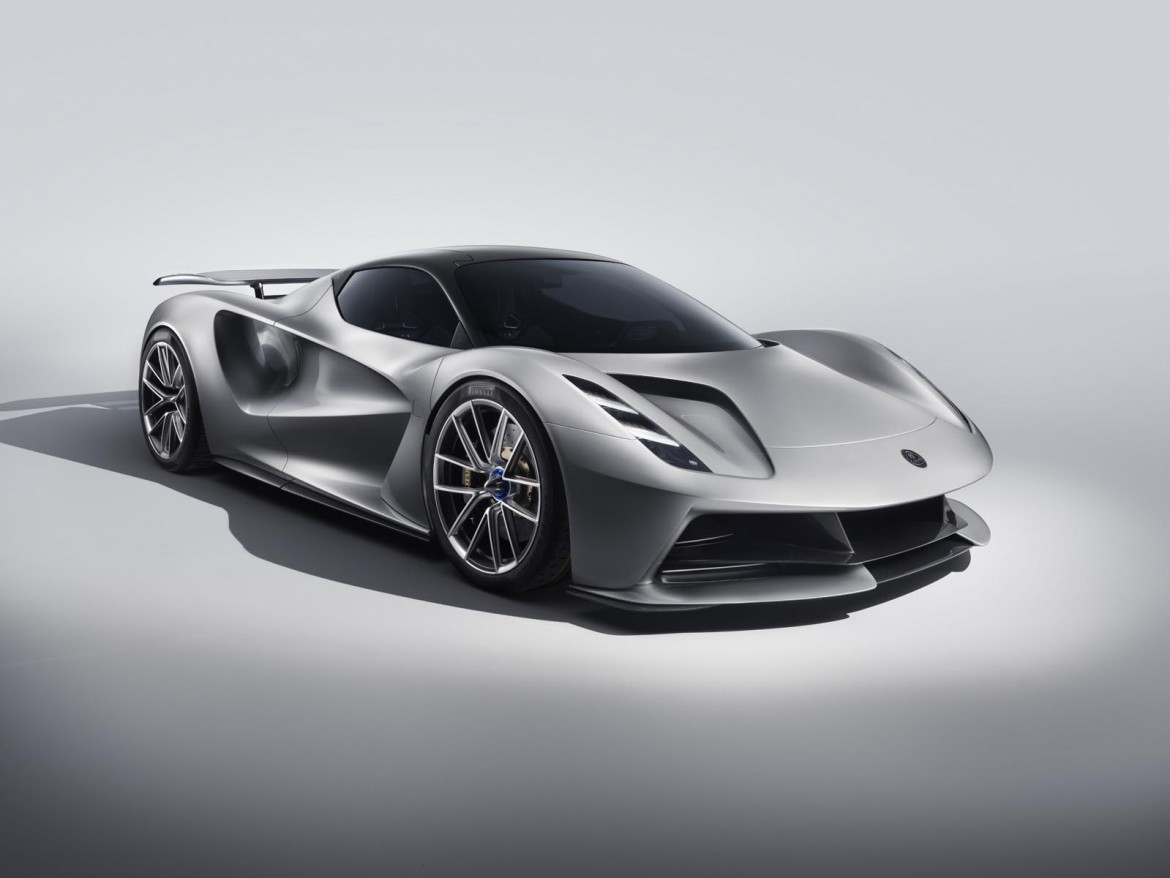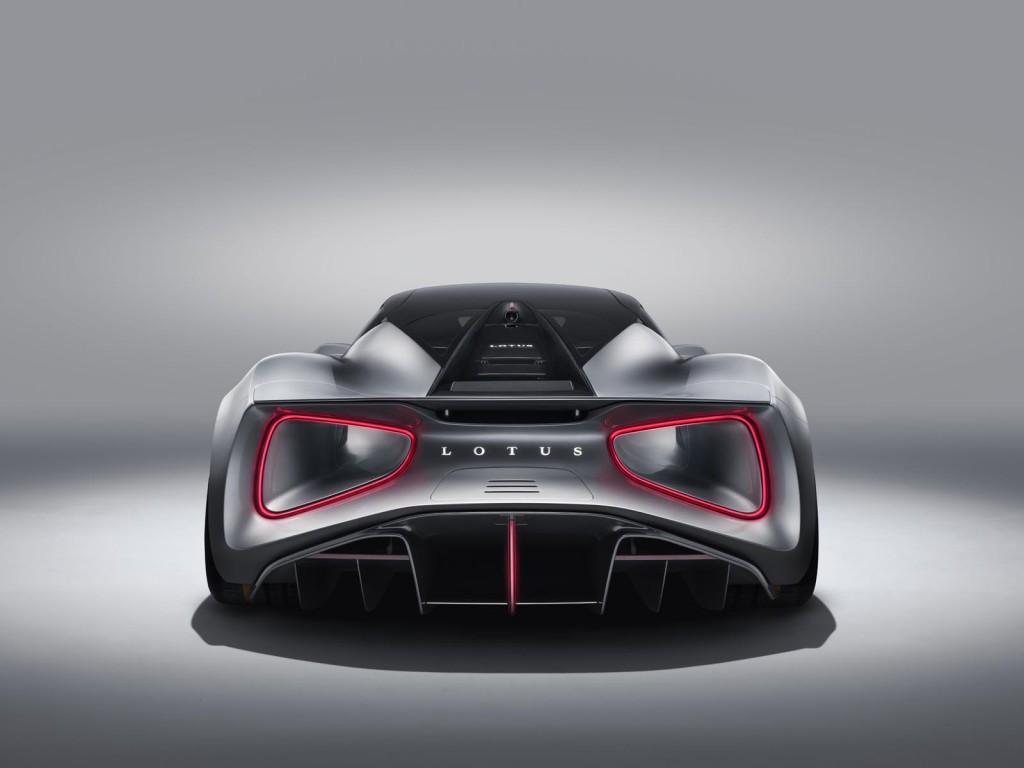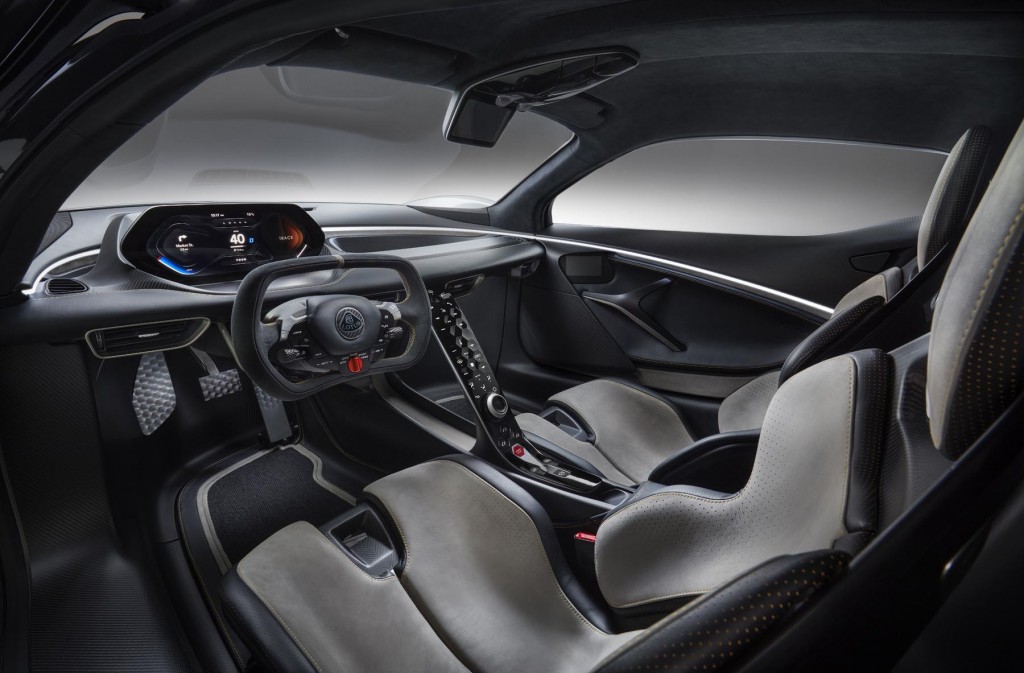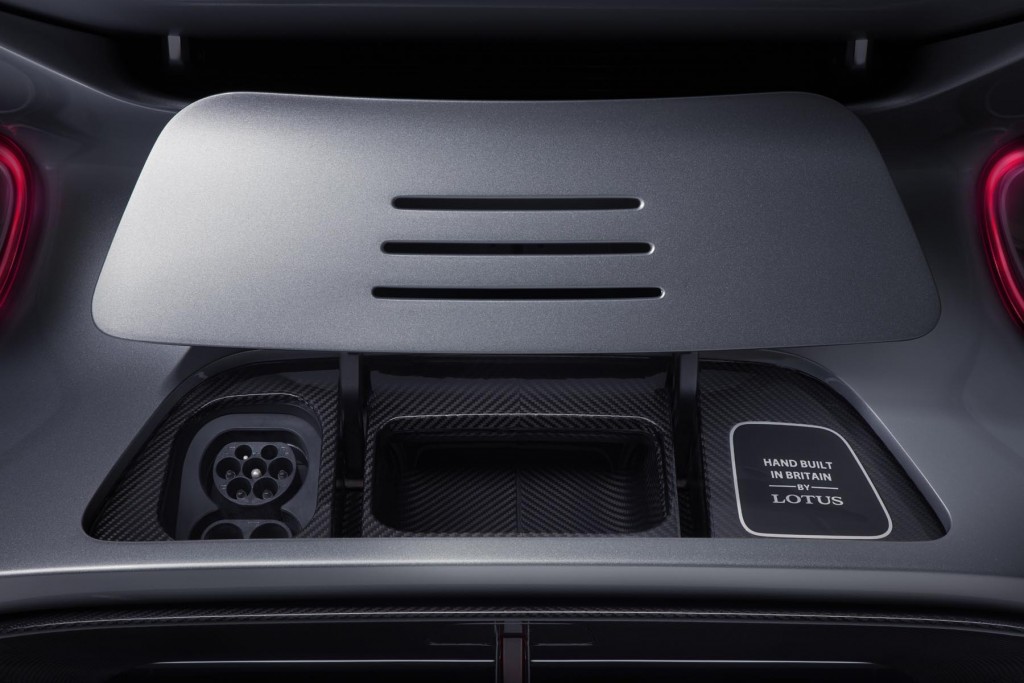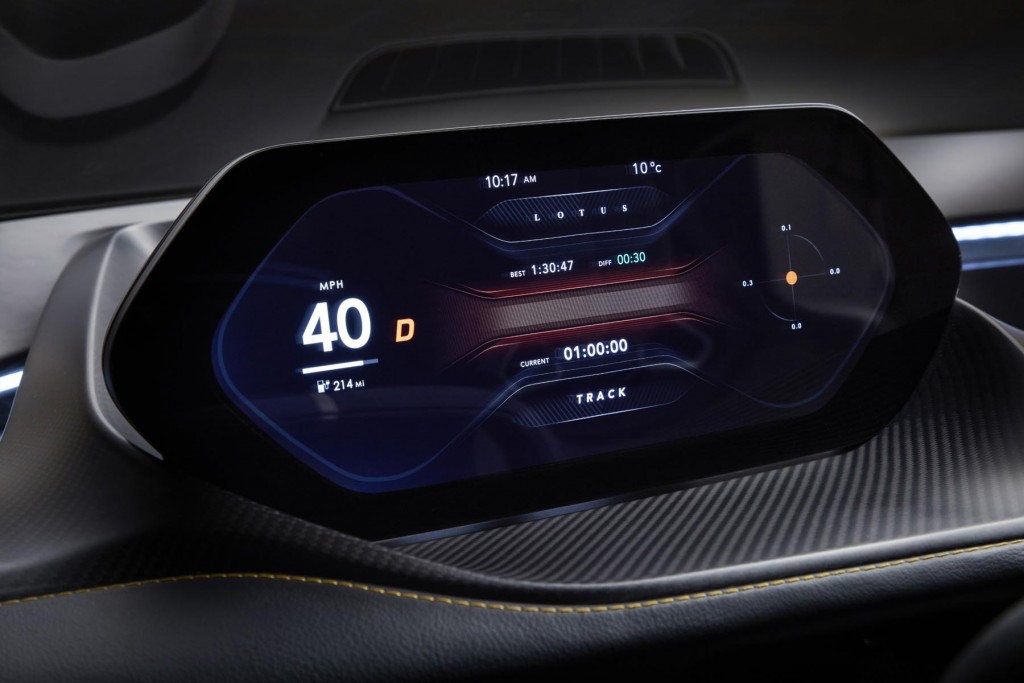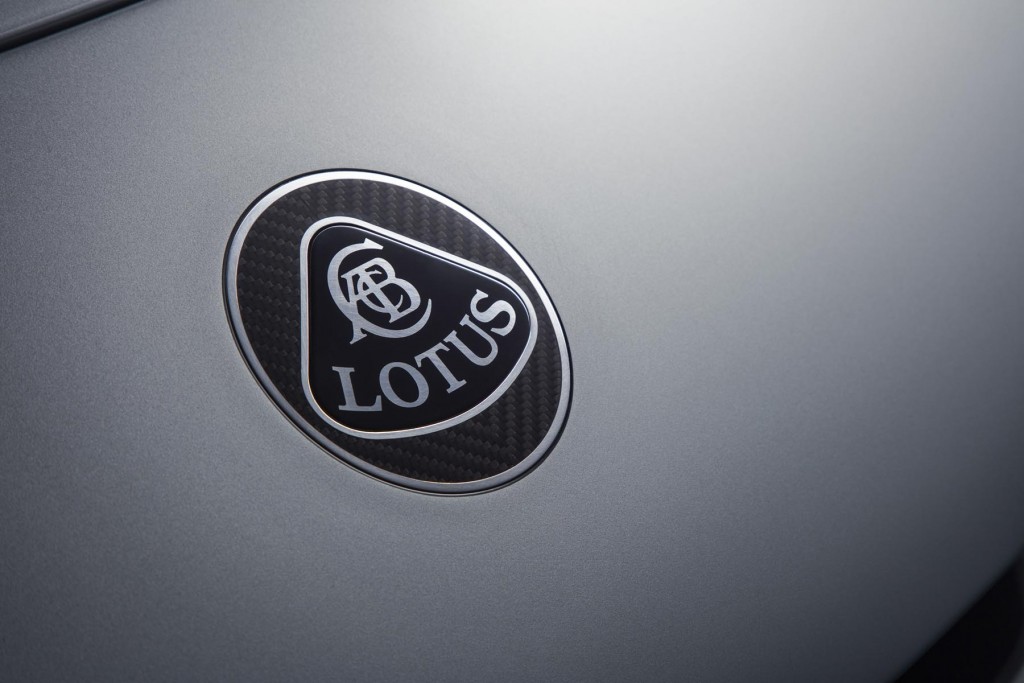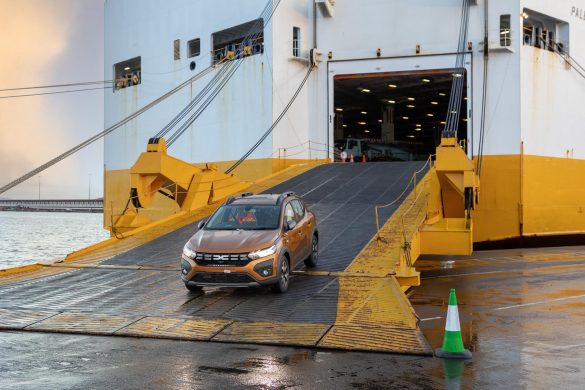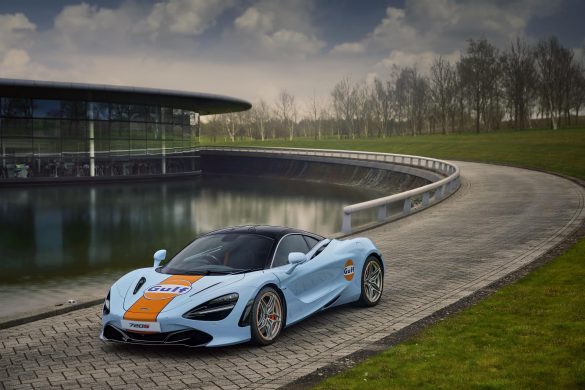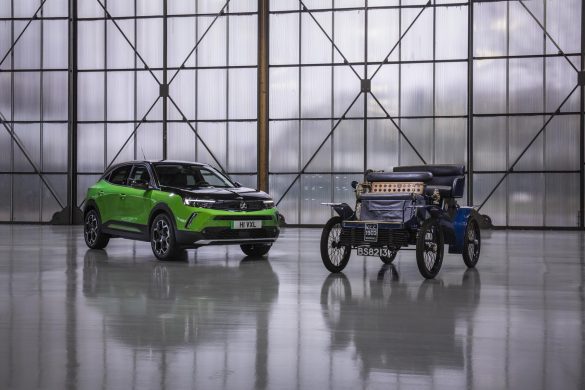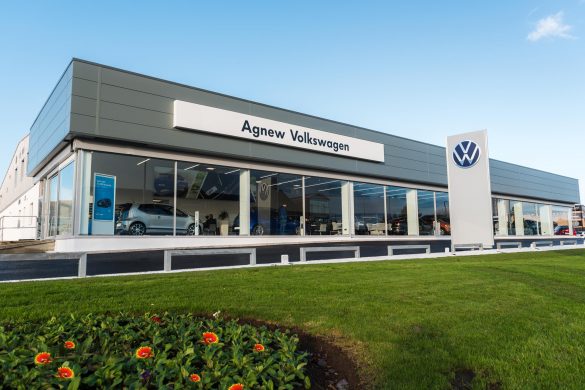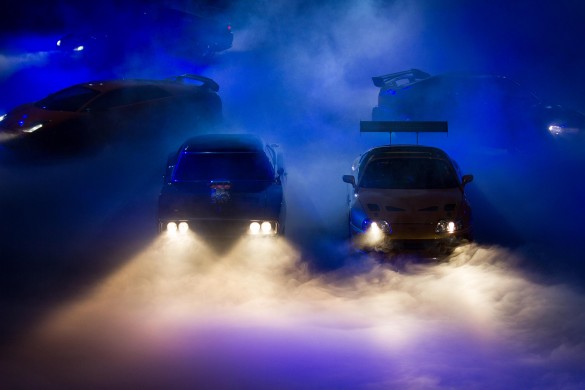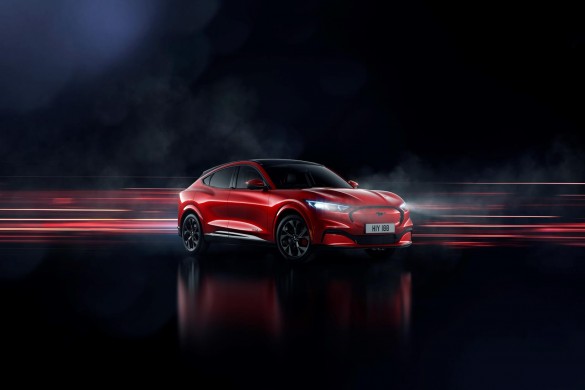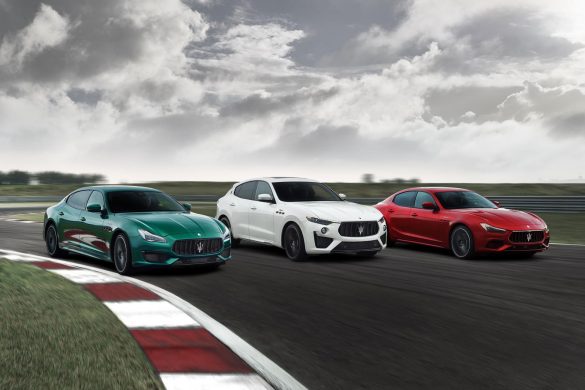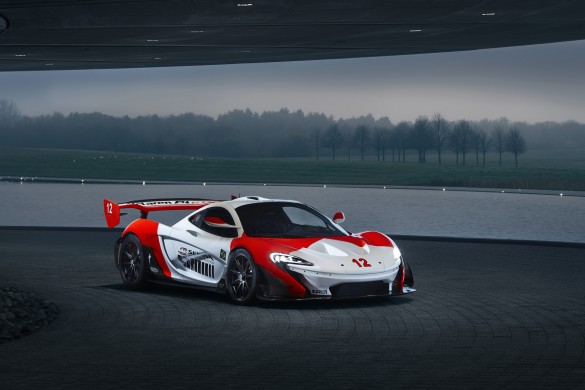The world’s first fully electric British hypercar, the all-new Lotus Evija, has been revealed. With unparalleled performance and a target power output of 2,000 PS, it sets new standards in terms of advanced EV engineering. Quite simply, the Lotus Evija is the most powerful series production road car ever built.
Like all Lotus cars throughout the brand’s storied 71-year history, the Evija has been precision-engineered to deliver an outstanding driving experience both on the road and track. It is the most dynamically accomplished model ever built by the company, setting new standards for Lotus driving performance. Above all else, it is ‘For The Drivers’.
As a name, Evija (pronounced ‘E-vi-ya’) means ‘the first in existence’ or ‘the living one’. It is highly appropriate; Lotus has an unquestionable reputation for its pioneering approach in both automotive and motorsport.
The Evija marks the start of an exciting new chapter in the history of an iconic and much-loved British sports car brand. It is the first hypercar from Lotus, and the company’s first model with an electrified powertrain. As the first completely new car to be launched under the stewardship of Geely – the world’s fastest growing automotive group – its significance cannot be overstated.
Exclusivity and desirability go hand in hand in the world of hypercars, and the Evija is blessed with an abundance of both. Production is limited to not more than 130 examples, making it among the most exclusive cars ever launched. It’s a figure set in tribute to the car’s project code, Type 130. Lotus road and race cars throughout the brand’s seven decades of success have been assigned a Type number, and the Evija is no exception.
Hethel, close to the historic city of Norwich in the east of England, UK, has been the home of Lotus since 1966. The company has confirmed production of the Evija will begin there during 2020.
As well as tempting the world’s hypercar buyers, the car will act as a halo for the rest of the Lotus range – the renowned Elise, Exige and Evora. It will do the same for a range of eagerly anticipated new Lotus performance models to come.
Speaking at the unveiling in London, Lotus Cars CEO Phil Popham said: “The Lotus Evija is a car like no other. It will re-establish our brand in the hearts and minds of sports car fans and on the global automotive stage. It will also pave the way for further visionary models.”
He added: “This is another amazing moment in the history of our company. The Evija is a true Lotus in every sense – it has been developed with an unwavering passion to push boundaries, to explore new ways of thinking and to apply ground-breaking technologies.”
A stunning piece of contemporary automotive design, the Evija features a dramatic Venturi tunnel through each rear quarter, giving it a truly breath-taking presence.
Russell Carr, Design Director, Lotus Cars, said: “We studied how Le Mans race cars use air flow creatively to go over, under and around the vehicle, but also through it. This concept of ‘porosity’ is key to the Evija and has enabled us to create a timeless design with exceptional amounts of downforce.”
The Evija signals the start of a contemporary new design language for Lotus, which will evolve and reappear on future high-performance cars.
Illustrative of the innovative thinking and ingenuity which has always been part of the Lotus DNA, the Evija is a technical tour de force. It continues the legendary Lotus bloodline that’s rich in firsts and technical game-changers, both in the automotive and motorsport sectors. While it is a glimpse of the future from Lotus, it remains true to the company’s DNA and the guiding principles of founder Colin Chapman, who built the first Lotus in 1948.
The Evija is the first Lotus road car to feature a one-piece carbon fibre monocoque chassis. The cabin, from the fully adjustable race-style seats to the multi-function steering wheel, is the very pinnacle of motorsport-inspired road car design and technology.
At the heart of the Evija is an ultra-advanced all-electric powertrain. It has been developed with technical partner Williams Advanced Engineering, famed for success in motorsport, from Formula One to electrifying the first four seasons of Formula E. The battery pack is mid-mounted immediately behind the two seats and supplies energy directly to four powerful e-motors. This highly efficient system is the lightest, most energy dense, electric power package ever fitted to a road car. With a target weight of just 1,680 kg, it will be the lightest pure electric hypercar ever to go into series production.
Engineered for precise and sustained performance, the Evija has five driving modes – Range, City, Tour, Sport and Track. It can race from 0-62 mph (0-100 km/h) in under three seconds and accelerate to a top speed of more than 200 mph (0-320 km/h).
Matt Windle, Executive Director, Sports Car Engineering, Lotus Cars, said: “Every element of the Evija has been meticulously analysed and validated. Precision engineering is nothing without human engagement, and that’s why technology with soul is the benchmark for this and every Lotus.”
The Evija is priced from £1.7m plus duties and taxes. A £250,000 deposit secures a production slot. Order books are now open through www.lotuscars.com.
Lotus Evija – did you know?
- With a target power output of 2,000 PS, the Lotus Evija has more power at each wheel than the total power of any other Lotus road car ever produced.
- The Lotus Evija produces 1,700 Nm of torque. In a tug-of-war, you could put four of the Lotus Evora Sport 410 at the other end of the rope and still not out-pull it.
- At the heart of the Lotus Evija is a 2,000 kW battery. That means it’s eight times more powerful than a Formula E race car. Put another way, it’s enough electricity to boil more than 1,600 domestic kettles.
- The ‘mid-mounted’ positioning of the battery pack provides advantages in terms of aerodynamics and weight distribution to optimise handling. It also echoes the celebrated Lotus mid-engined sports car layout.
- The Lotus Evija has a Venturi tunnel through each rear quarter. These are named for the Venturi Effect, the reduction in air pressure which results when it flows through a constricted section of a pipe. It was discovered by Giovanni Venturi, an Italian physicist, in 1797 – exactly 222 years ago.
Lotus Evija: fact file
| NOTE: THESE ARE TARGET SPECIFICATIONS | |
| Name | Lotus Evija (Type 130) |
| Powertrain | Pure electric, 4WD |
| Power | The target is to be the most powerful production car in the world, at 2,000 PS |
| Battery power | 70 kw/h / 2,000 kW |
| Torque | 1,700 Nm with torque vectoring |
| 0-100 km/h (0-62 mph) | Under three seconds |
| 0-300 km/h (0-186 mph) | Under nine seconds |
| Max speed | In excess of 200 mph (320 km/h) |
| All-electric range (WLTP Combined) | 250 miles (400 km) |
| Charging time (350kW charger) | 18 mins |
| Weight | 1,680 kg |
| Production run | Maximum of 130 cars |
| Overall dimensions (L/W/H) | 4,459 / 2,000 / 1,122 mm |
| Price | From £1.7m + duties and taxes |
| Reservation process | £250k deposit secures a production slot |
| Start of Production | 2020 |
